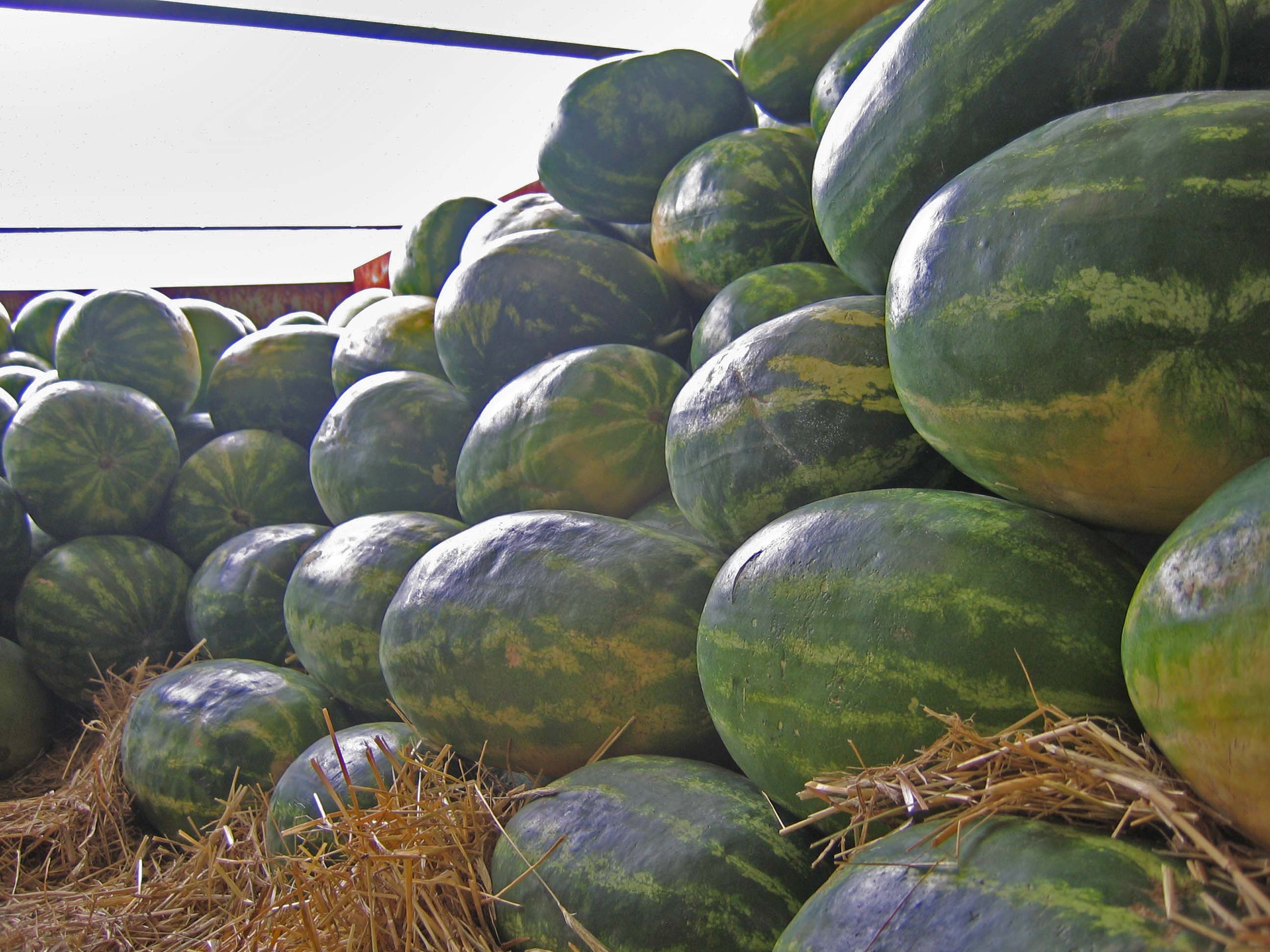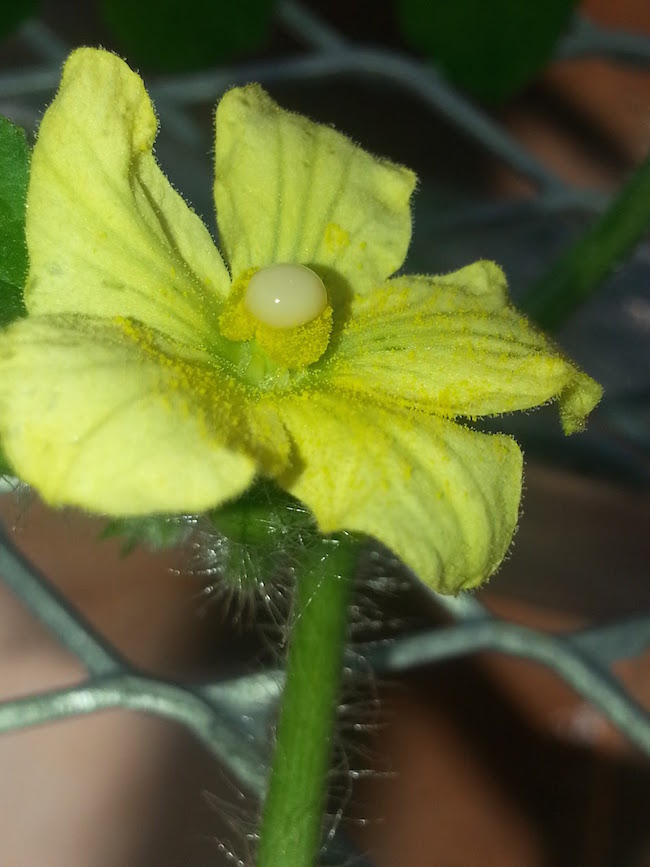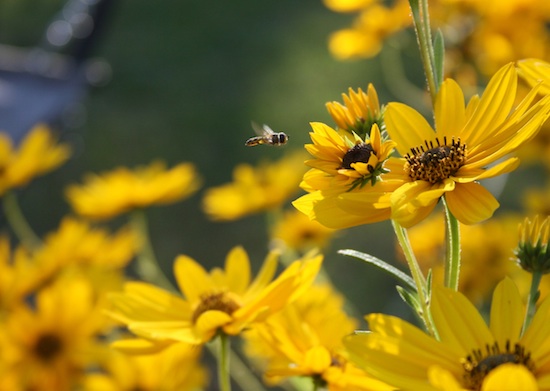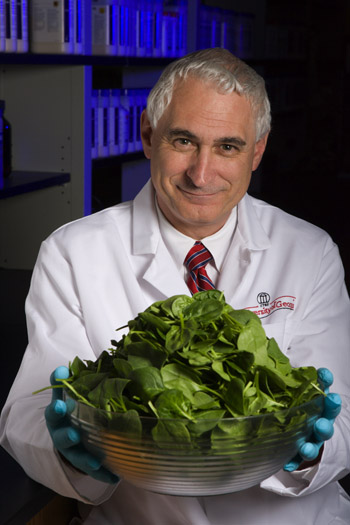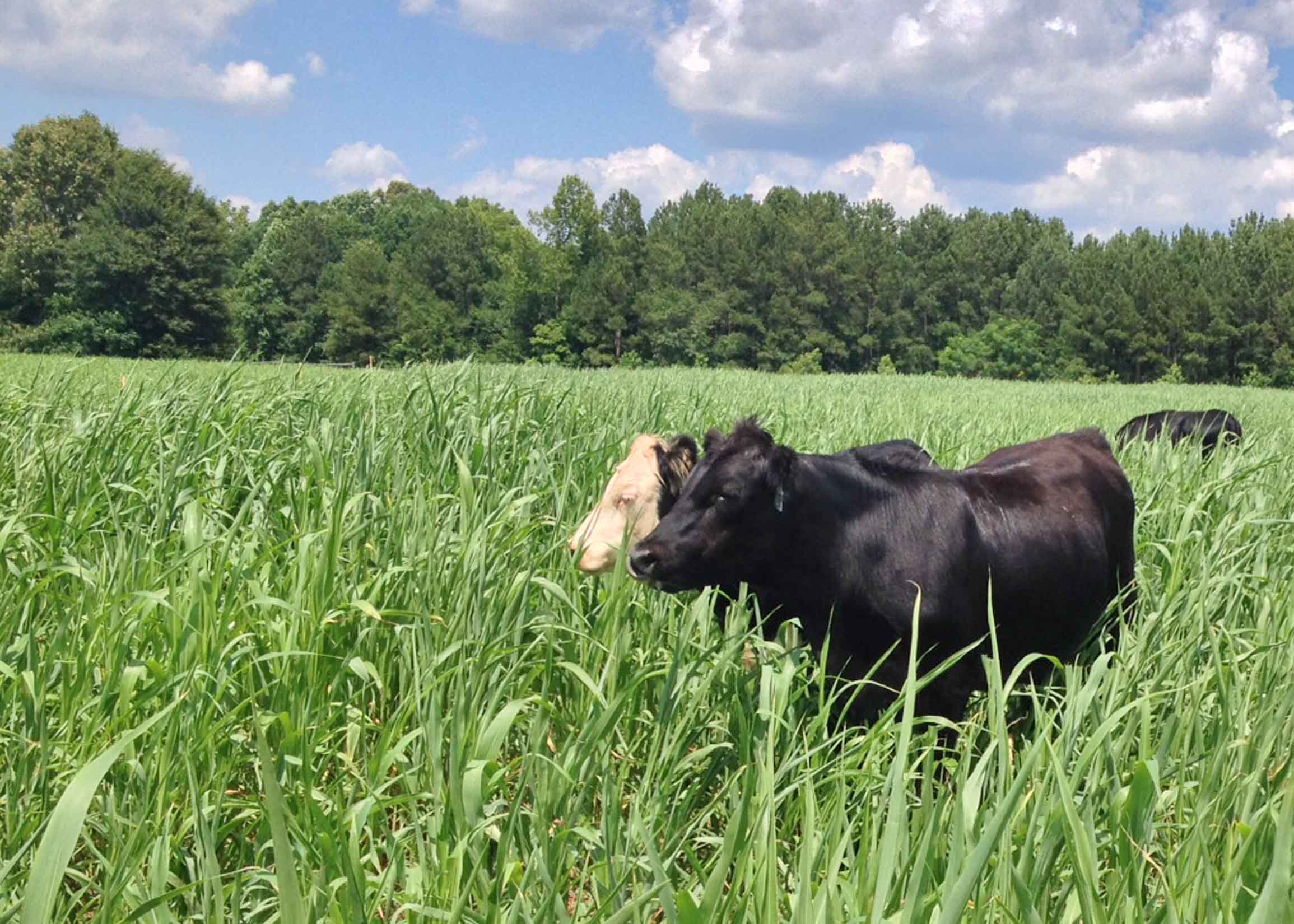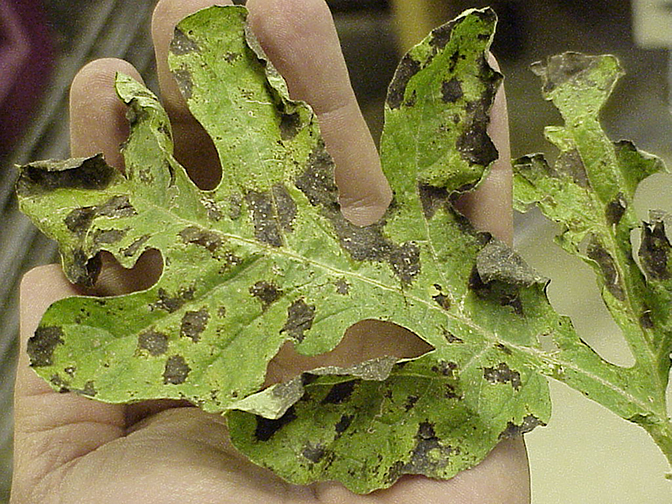 CAES News
CAES News
Downy Mildew Disease
University of Georgia plant pathologist Bhabesh Dutta is confident that Georgia watermelon growers will encounter downy mildew at some point during the growing season — it’s just a matter of timing and severity.

